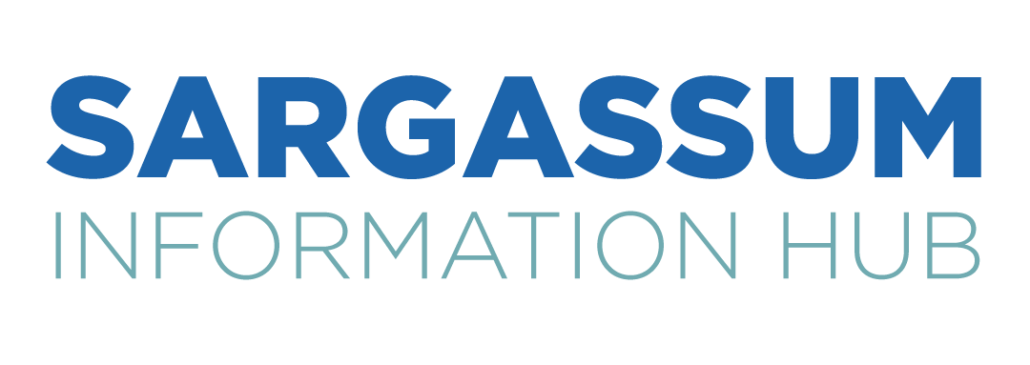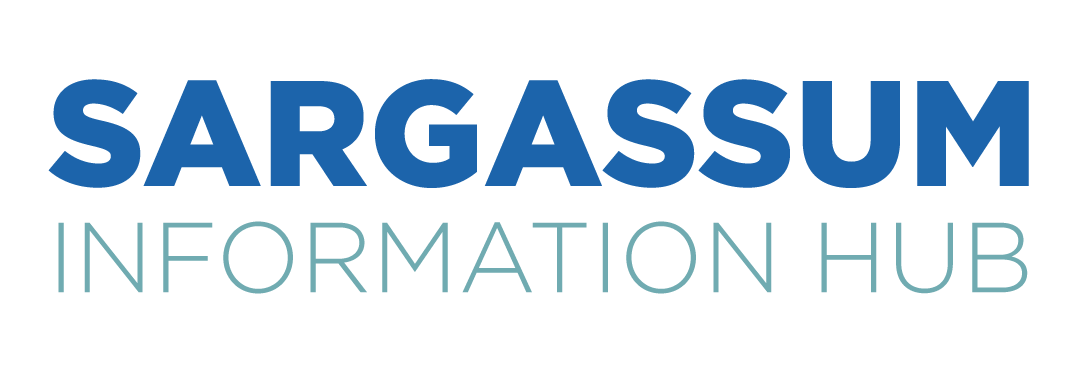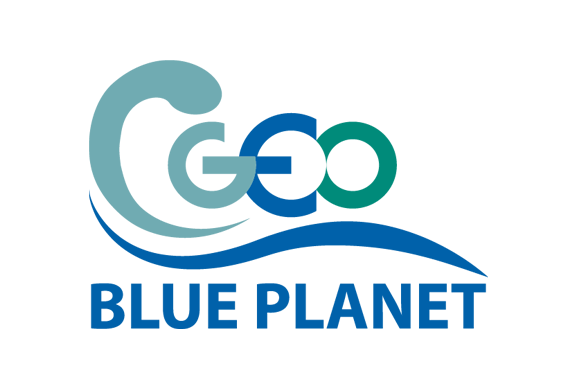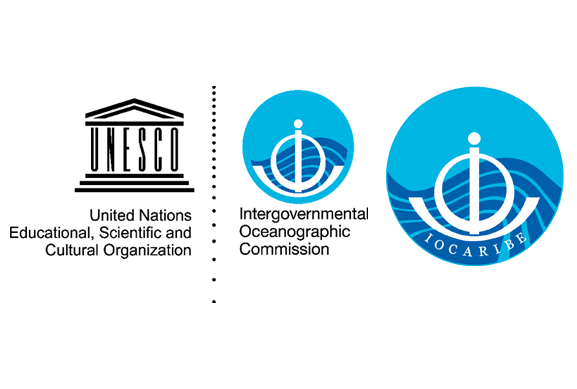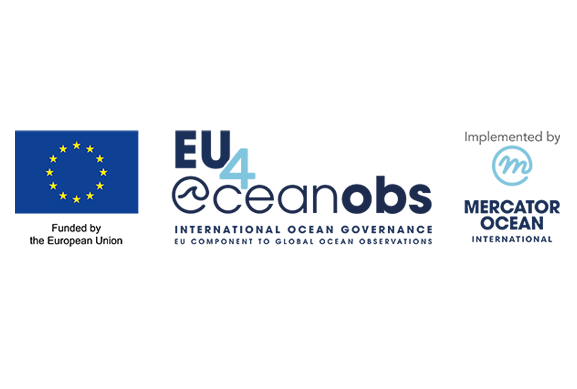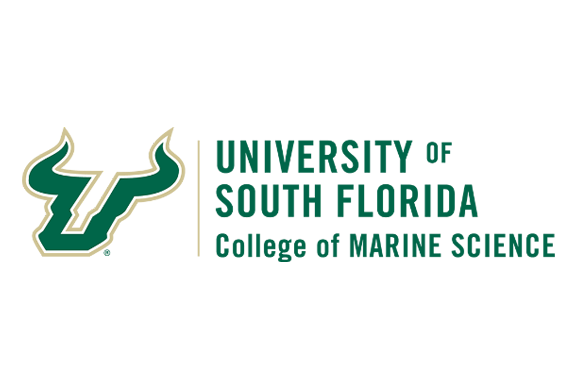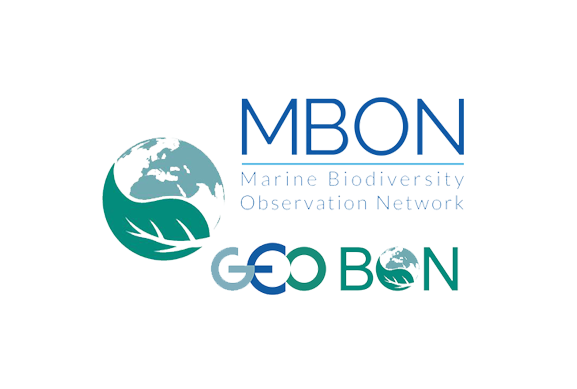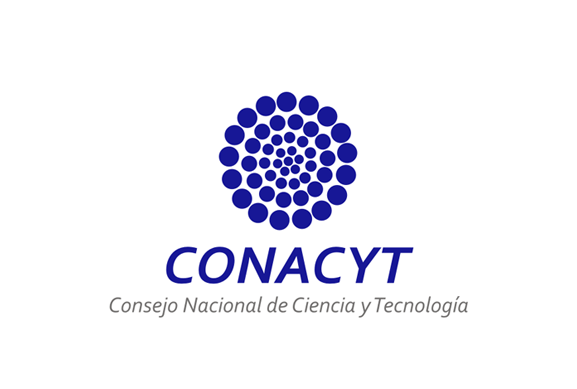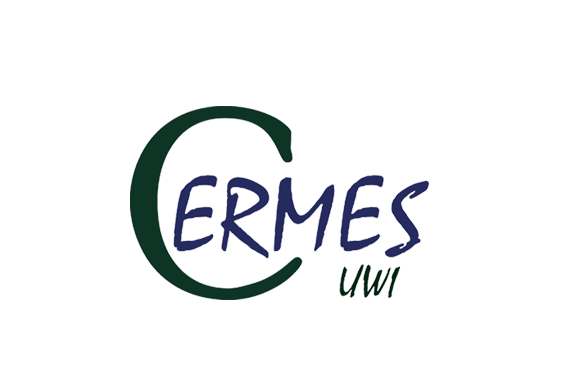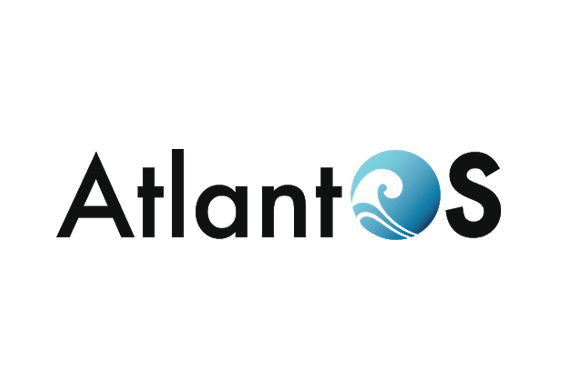In response to the persistent challenge of sargassum influxes along its coastline, the Dominican Republic has implemented diverse and innovative cleanup methods. These approaches range from manual beach cleanups to on-shore mechanized solutions, advanced barriers and containment systems, and even specialized in-water harvesting techniques. These cleanup initiatives have been an all of society approach involving various stakeholders, including government agencies, hoteliers, fisherfolk, local communities, private businesses, and environmental organizations. Clean up brigades whether organized by government or hoteliers have provided employment opportunities for hundreds of individuals.
A few private companies in Dominican Republic have been pioneering forces behind innovative technological removal mechanisms both onshore and in-water. Among these is the Scarbat (Beach Trotters) machine, a beach cleaner used by some hotels for onshore removal. AlgaeNova, known for its suite of sophisticated systems including barriers, harvesting barges and cleaning vessels has been efficiently capturing and removing sargassum before it reaches the shorelines. The harvesting barge can harvest approximately 180 m3 of sargassum per day. SOS Carbon has developed a unique and innovative approach that has a dual benefit of in-water harvesting and carbon sequestration. It involves retrofitting artisanal fishing vessels with specialized hardware devices designed to efficiently harvest sargassum. The collected seaweed is then pumped to a depth of 200 meters below the ocean’s surface. Importantly, this innovative method involves fisherfolk, integrating them into the solution, creating opportunities for community involvement and empowerment.
The Dominican Republic has been significantly increasing its efforts in sargassum removal. In November 2020, the Fund for the Mitigation and Management of Sargassum was established. This fund, amounting to a total of US$11,891,884.00, resulted from a collaborative effort between the Ministry of Tourism and the hotel industry, spearheaded by the National Association of Hotels and Restaurants of the Dominican Republic (ASONAHORES). Its purpose was to finance the implementation of a containment, collection, and disposal system for sargassum along a 45.4-kilometer stretch of selected coasts within the Verón – Punta Cana Municipal District.
In 2023, the Ministry of Tourism initiated a new program worth close to a million U.S. dollars, which saw the procurement of cleaning tractors to clear sargassum from popular beach destinations. Additionally, several trucks for storing the seaweed are part of this initiative. The machinery is initially being put into operation in Boca Chica, Juan Dolio, Palenque, and Barahona, locations that have experienced some of the most significant accumulations of sargassum seaweed.
Collected sargassum is usually either transported to disposal sites or repurposed.
